Business Law and Ethics Case Study: Negligence, Vicarious Liability
VerifiedAdded on 2022/09/08
|5
|712
|26
Case Study
AI Summary
This case study delves into the area of business law, specifically focusing on the tort of negligence and the principle of vicarious liability. The scenario involves Ruth, an employee of Flowers Inc., whose careless parking leads to a series of events resulting in damage and injury. The analysis establishes the elements of negligence: duty of care, breach of duty, causation, and foreseeability. Ruth's actions, parking her car on a steep hill and failing to engage the brake, constitute a breach of her duty of care, leading to an accident that damages property and injures a motorist, Jim. The case explores the concept of vicarious liability, where Flowers Inc. is held responsible for Ruth's actions as they occurred during the course of her employment. The decision confirms Ruth's liability for negligence and establishes that Jim can recover damages from both Ruth and Flowers Inc. The case study provides a detailed examination of the legal principles involved, supported by relevant legal references.
1 out of 5
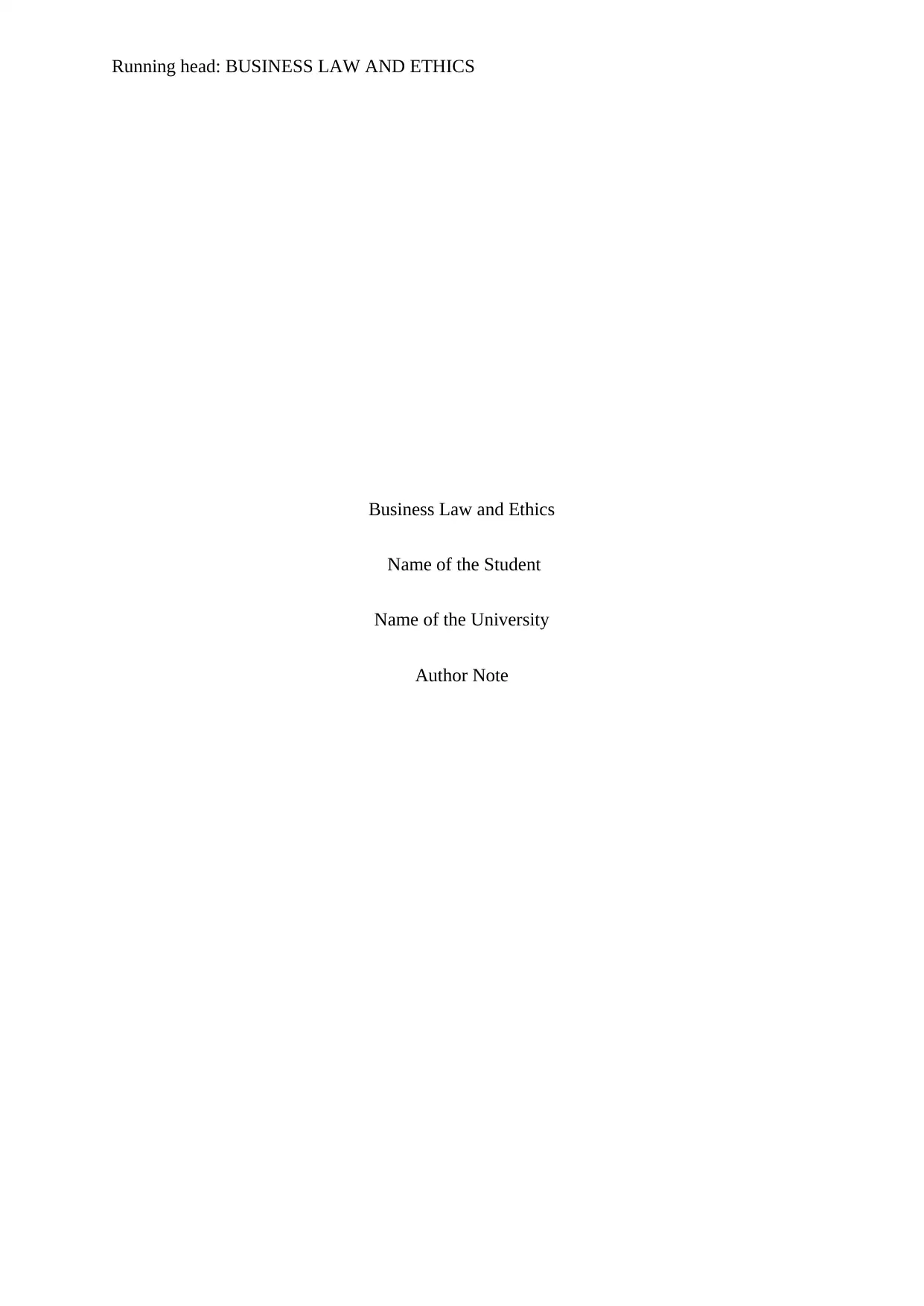
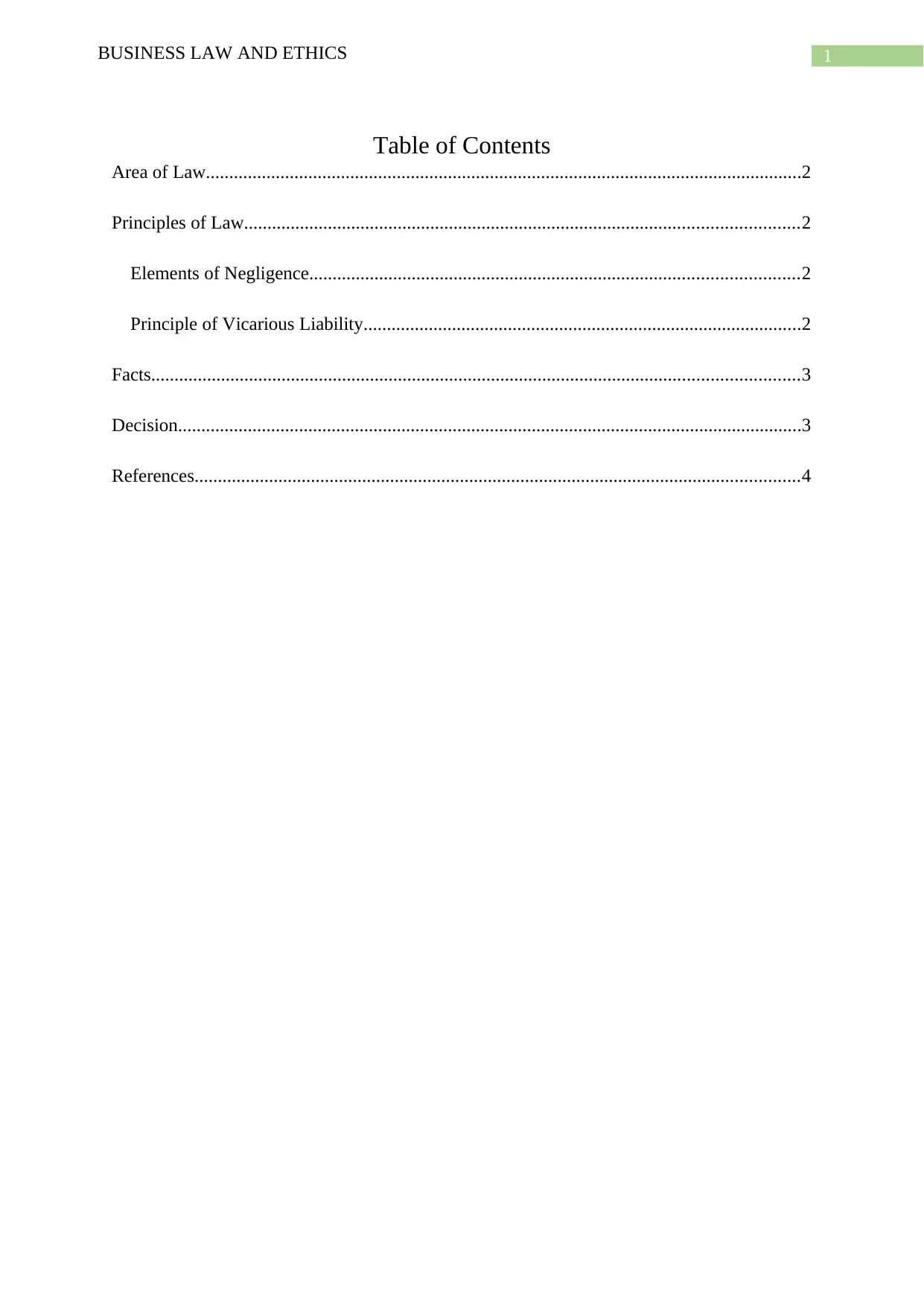
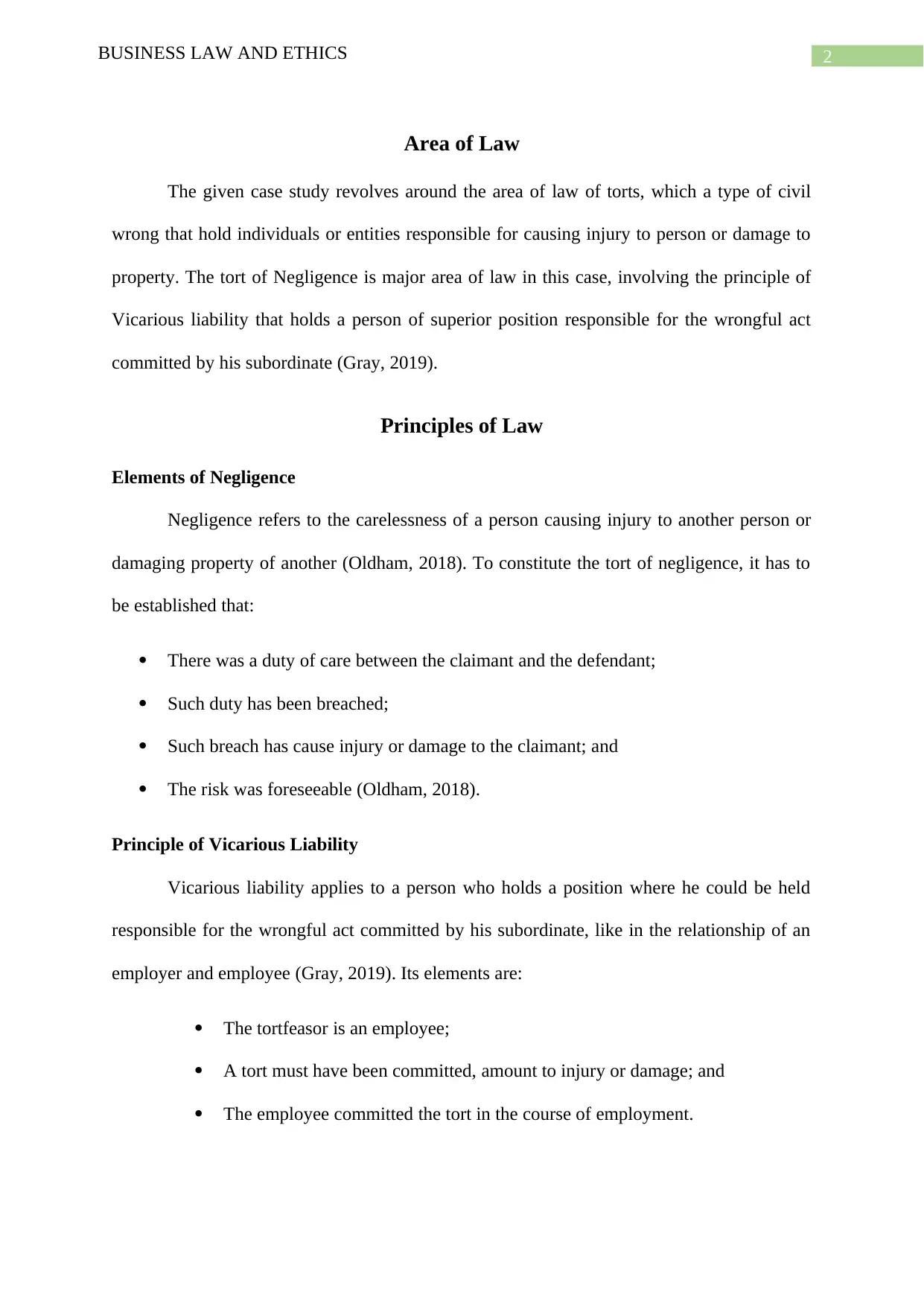

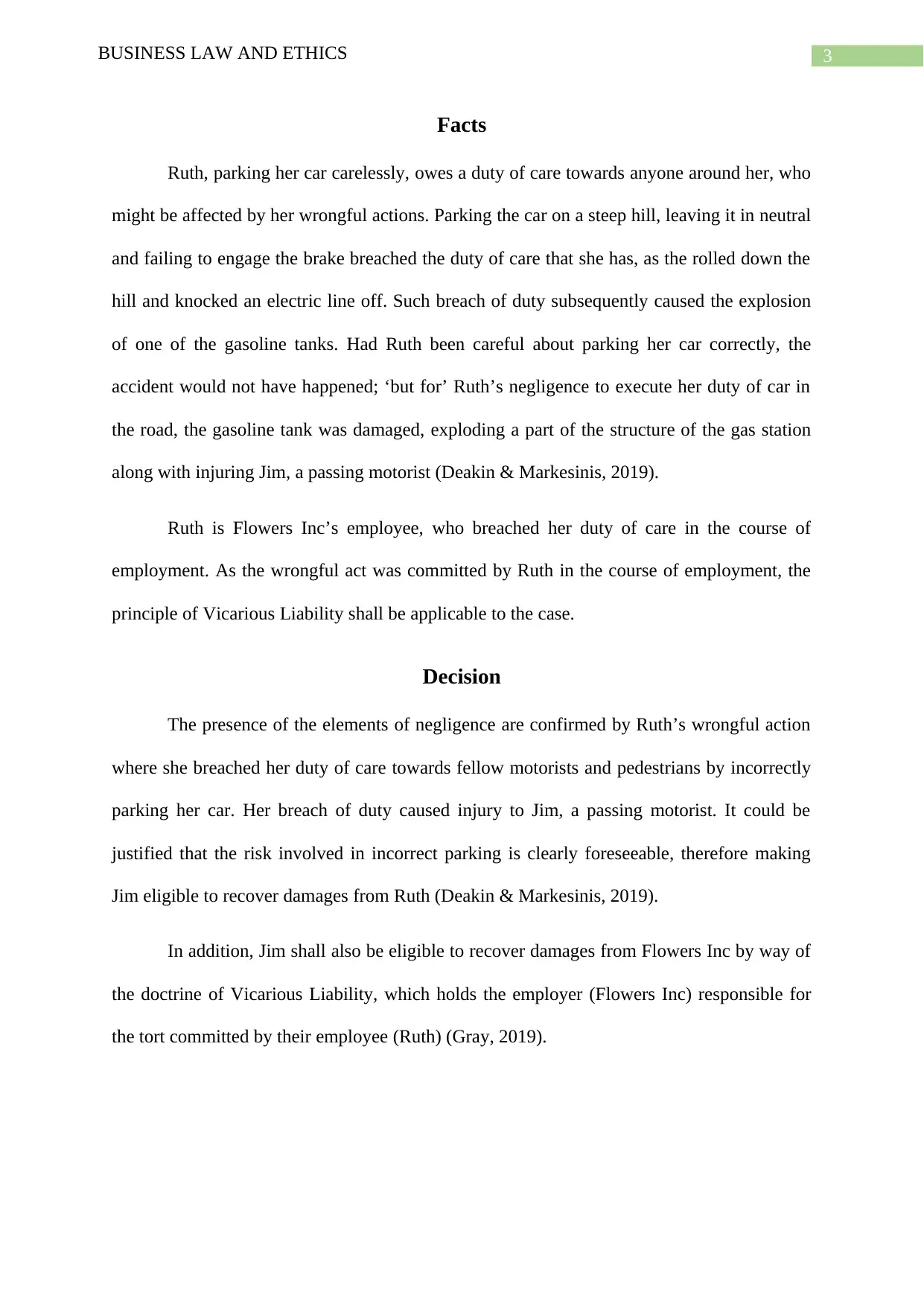
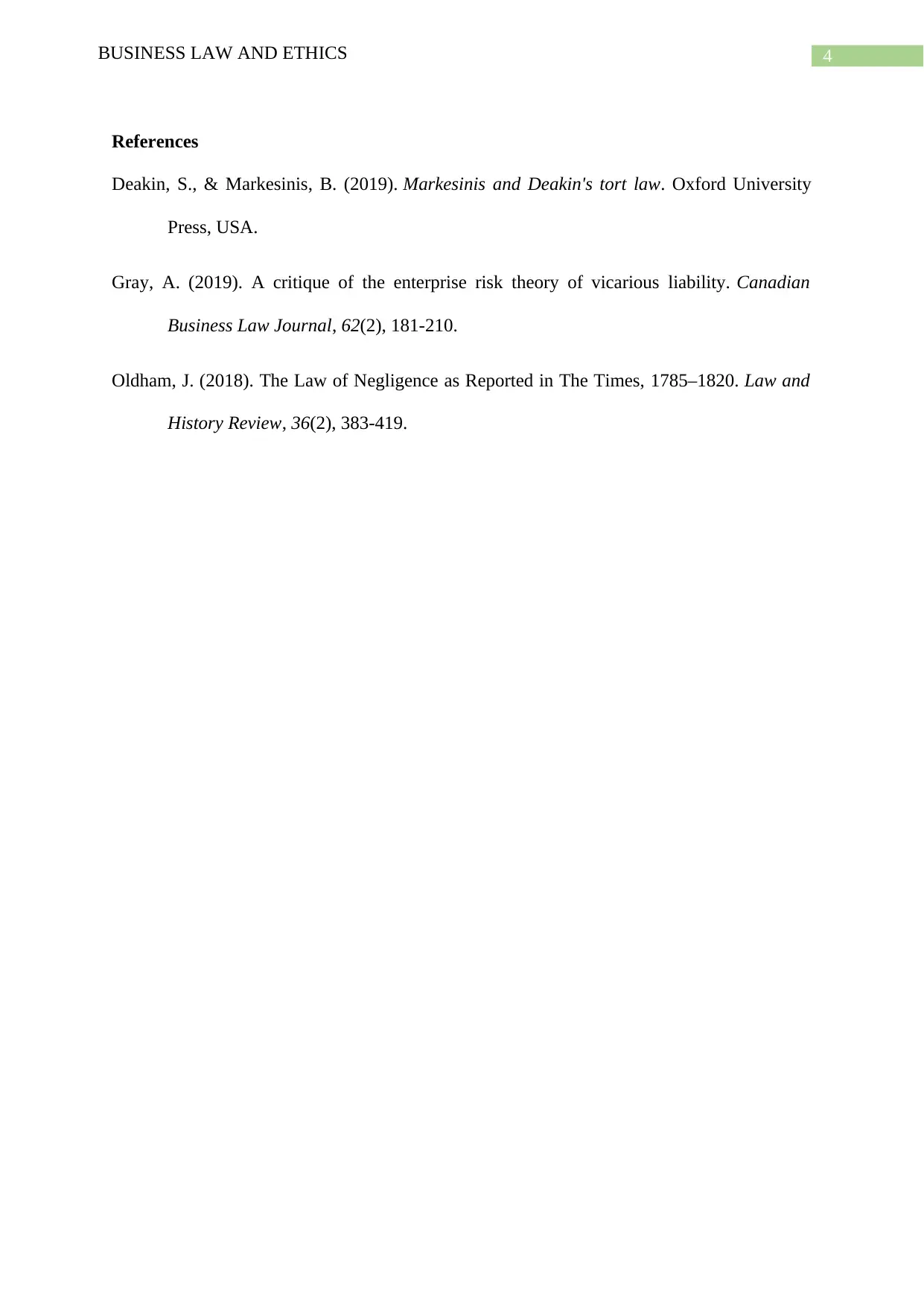






![[object Object]](/_next/static/media/star-bottom.7253800d.svg)